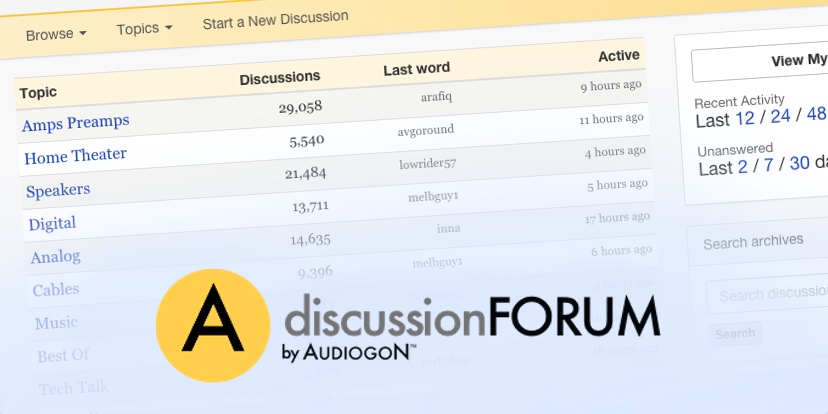There is an excellent thread from 2020 on Audiogon (link below) delving into the difficulty massed violins present to the recording process, to audio systems and to audiophile ears. The thread is populated by several professional violinists and is notably devoid of ego-flexing. Highly recommend!
Beyond massed violins, the discussion also applies to choral, opera, energetic brass bands ... you get the idea.
A good rendition of large scale orchestra or opera, in the complex cacophony of loud and higher frequency passages, is, in my opinion, the holy grail buried in snow at the summit of Mt. Audio. My experience, beyond my listening room, is that live venues can also suffer from the same difficulties.
The challenge can come from a complex of sources:
-- multiple violins, all with slightly different sound signatures conjoining to produce a complex of harmonics that is difficult for mics and the ears to resolve.
-- poor recording technique - multi-mics poorly positioned for best violin sound
-- frequency ranges that present reproduction stress to speakers at their crossovers between mid and tweeter
-- Room issues
My personal experience is that this is only a problem in particularly high volume, high frequency strident passages (that if heard live would peak over 100db). More "reasonable" massed strings sound silky smooth. I've also found that some male Tenors sometimes have a particular glare. I wonder if that could be a crossover issue. Or is it just because their powerful voices overwhelm the poor microphones? And choral music at higher octaves and volumes is maybe the most difficult of all. I also think some people's hearing can be particularly sensitive to high frequencies at high volume.
I've been thinking about this more lately as I've been on a deep dive into Mahler's symphonies. And, Gustav, despite giving us hours of sublime beauty, loves to let loose with some rare but sadistic passages of high octave strings, winds (particularly flutes and piccolos) and horns all crescendoing together at ecstatic SPL's.
Interested to hear other's experiences and ideas

 forum.audiogon.com
forum.audiogon.com
Beyond massed violins, the discussion also applies to choral, opera, energetic brass bands ... you get the idea.
A good rendition of large scale orchestra or opera, in the complex cacophony of loud and higher frequency passages, is, in my opinion, the holy grail buried in snow at the summit of Mt. Audio. My experience, beyond my listening room, is that live venues can also suffer from the same difficulties.
The challenge can come from a complex of sources:
-- multiple violins, all with slightly different sound signatures conjoining to produce a complex of harmonics that is difficult for mics and the ears to resolve.
-- poor recording technique - multi-mics poorly positioned for best violin sound
-- frequency ranges that present reproduction stress to speakers at their crossovers between mid and tweeter
-- Room issues
My personal experience is that this is only a problem in particularly high volume, high frequency strident passages (that if heard live would peak over 100db). More "reasonable" massed strings sound silky smooth. I've also found that some male Tenors sometimes have a particular glare. I wonder if that could be a crossover issue. Or is it just because their powerful voices overwhelm the poor microphones? And choral music at higher octaves and volumes is maybe the most difficult of all. I also think some people's hearing can be particularly sensitive to high frequencies at high volume.
I've been thinking about this more lately as I've been on a deep dive into Mahler's symphonies. And, Gustav, despite giving us hours of sublime beauty, loves to let loose with some rare but sadistic passages of high octave strings, winds (particularly flutes and piccolos) and horns all crescendoing together at ecstatic SPL's.
Interested to hear other's experiences and ideas

Audiogon Discussion Forum
why do massed violins have this sort of gritty sandpapery reverberation in classical orchestral recordings?even in some sections of a piece, when the vi...
Last edited:








